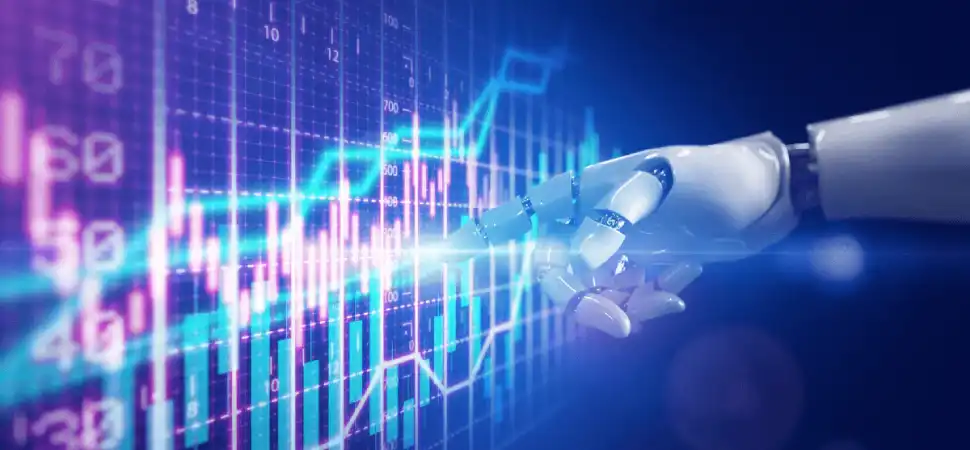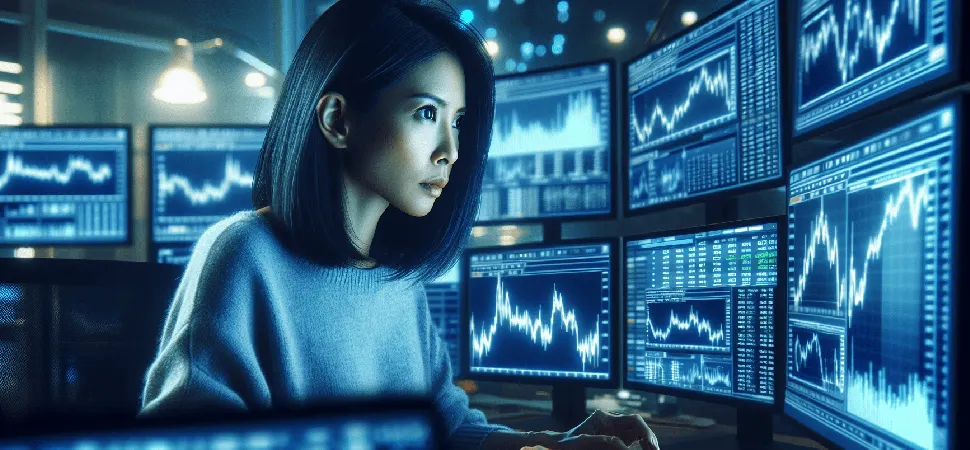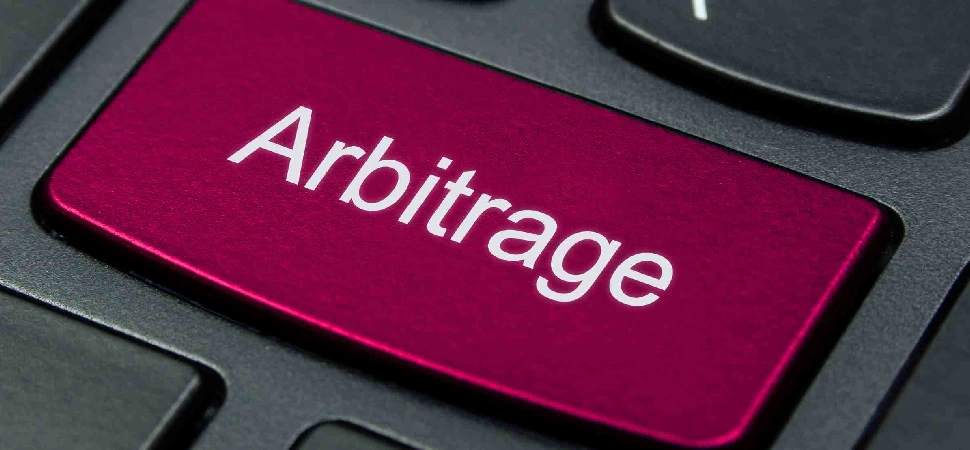15.08
Share ArticleIs automated trading suitable for you? Let's look at the pros and cons of automated trading

The emergence of new technologies in recent years has greatly democratised trading. Trading has become available to anyone with a computer and an Internet connection. Despite the opportunities, trading involves a high level of risk for investors. Financial losses can occur overnight due to misinterpretation of data or charts. Fortunately, the advent of automated trading has allowed traders to delegate some of their tasks. We'll tell you everything you need to know about automated trading, its advantages and disadvantages.
What is automated trading?
Automated trading is an approach that allows you to participate in trading on financial markets with the help of a special programme. This programme automatically executes predetermined rules for opening and closing positions. As investors, you are responsible for performing detailed technical analyses and determining the parameters of your positions, such as:
- Opening orders;
- Trailing stops;
- Guaranteed stops.
Once these parameters are set, automated trading handles the entire process. This means that you can spend less time monitoring your positions. One of the main advantages of automated trading is that it allows you to open a large number of positions in a relatively short period of time, saving you from the emotional impact associated with making decisions. This is because all the rules of position management are already embedded in the parameters that you set in advance. Moreover, some algorithms even allow you to use predefined strategies to identify trends and trade according to them.
Automated trading simplifies your work by allowing you to implement strategies in a more mechanical way. As strategies are based on objective criteria rather than subjective decisions, it helps to reduce trading stress as you can be sure that the rules set by your programme will be followed. In addition, you have the flexibility to adjust your parameters as market conditions change.
How does automated trading work?
First, you choose a trading platform and develop the parameters of your trading strategy. Based on your own trading experience, you create certain rules and conditions. Then your personalised algorithm, carefully following these criteria, executes orders on your behalf. These criteria typically include elements such as:
- The time to open or close positions;
- Price levels to be reached;
- The number of assets to be traded.
For example, this might take the form of an instruction such as "buy 100 shares of Apple stock when the 50-day moving average falls below the 200-day average". Thus, your automated trading strategy is designed to constantly monitor market price fluctuations. Once the specified conditions are met, orders are executed automatically. The purpose of this process is to execute trades faster and more efficiently.
With automated trading, you can take advantage of opportunities arising from certain technical patterns in the financial markets. By choosing this method, you gain in execution speed and minimise errors associated with emotion. Your orders are placed accurately and objectively, according to strictly defined criteria. This allows you to react to market movements in a timely manner.

What are the advantages of automated trading?
First of all, this software saves you from the tedious work of data analysis and mathematical algorithms. Moreover, the trading robot works 24 hours a day, 7 days a week and is capable of processing up to 7,000 orders in a matter of seconds. Another important advantage of a trading robot is its ability to analyse several financial markets in parallel. To give you an example, the robot can monitor over a hundred markets in just a few seconds. In comparison, a live trader will limit himself to analysing trends in several dozens of markets within an hour. What's more, robots don't get tired, which means you can fight physical exhaustion.
By entrusting your operations to automated trading, you significantly reduce psychological pressure. Robots are not subject to emotions, unlike human traders whose decisions and data analysis can be affected by emotional factors. In many cases, emotions can become a hindrance in trading. Automated trading also allows you to apply certain strategies from the start. This means that the software will execute buy or sell orders according to the parameters you have pre-configured. What's more, it can even copy other traders' winning strategies, which can be a major help to your success.
Automated trading software can be easily found from brokers or independent companies. You can take advantage of them by paying for a subscription, often based on the profits you make. This approach gives you a distinct advantage, especially if you are making a loss, as the cost of a subscription is usually based on your financial performance.
What are the disadvantages of automated trading?
First of all, you need to develop a strategy before setting up the software. Once the strategy is developed, the trading robot will rigorously apply it. However, it is important to note that the robot will not be able to change this strategy during the course of trading, unlike a human being who can adjust his strategy according to changes in the market. This flexibility becomes impossible when the robot goes into automatic mode, especially when you sleep at night. As a result, you will have to work closely with the robot.
You will need at least some programming skills to be able to customise the software settings. This is essential for successful customisation. Therefore, it is important to realise that a trading robot is not suitable for all users. Moreover, in order to maintain the accuracy of the analysis, you need to update the software on a regular basis. One option is to hire a professional for programming, although you can also learn the programming language yourself.
Traders' strategies are based on logical principles, which requires you to configure the software to perform logical analyses. However, it is worth noting that this is an impossible task for a robot. In addition, you will have to spend a considerable amount of time developing customised software. It is necessary to closely monitor the market and analyse winning strategies, because this will help you avoid financial losses when making deals.
Conclusion
Setting up automated trading requires not only technical knowledge, but also strategic thinking. It is important for traders to remember that automation is not a panacea; it needs to be part of a broader strategy that combines both human analysis and machine precision. Whichever approach you choose, it's important to stay on top of changes in the market and constantly adapt your strategies. Investing time in learning both automated and manual trading can greatly increase your chances of success. Ultimately, success in automated trading depends on your ability to combine technological innovation with proven methods of analysis and risk management.


Reviews